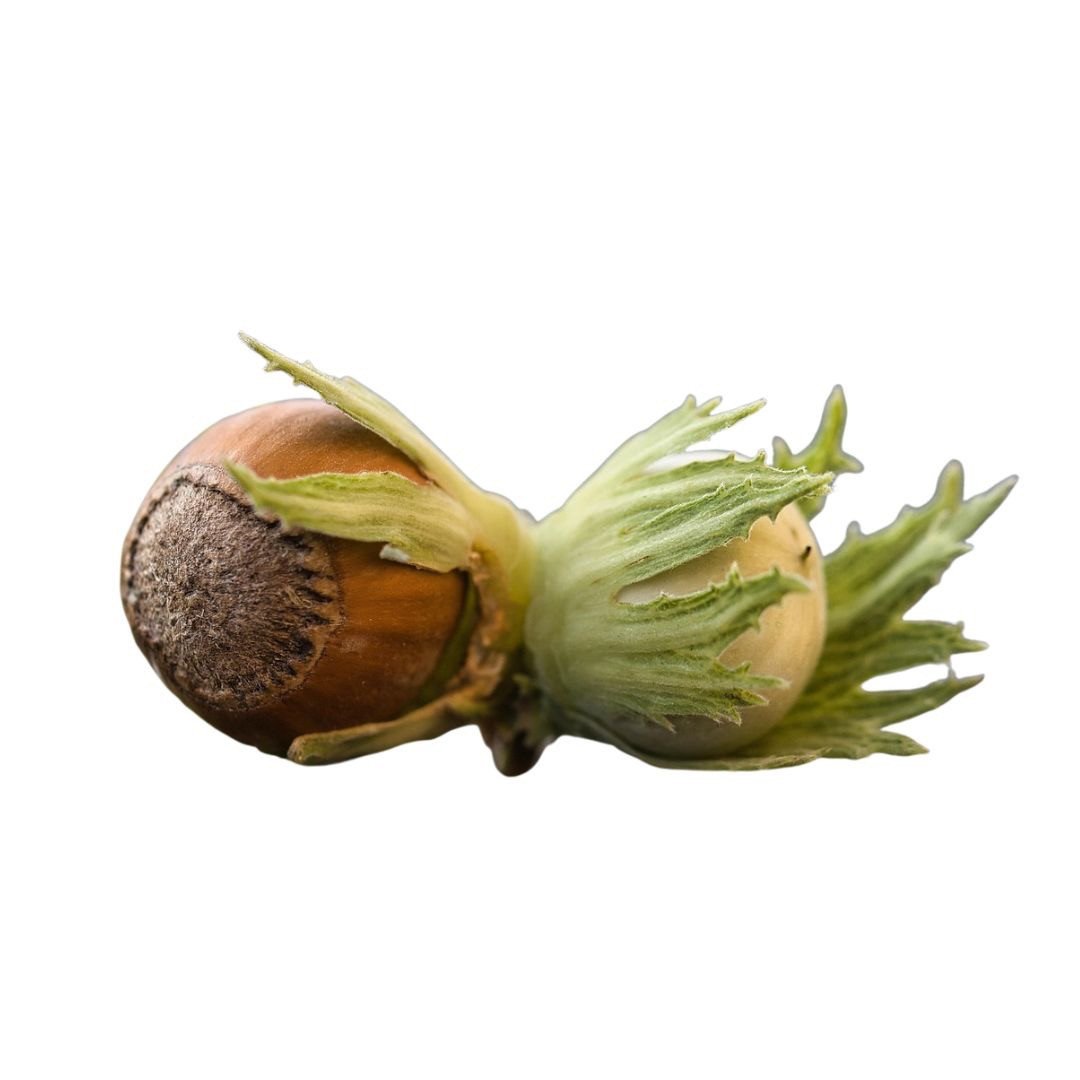Overview
Haselnuss

Haselnuss
Plant family
Season Overview
J
F
M
A
M
J
J
A
S
O
N
D
Details
Instructions
Description
Growing tips
Companion Plants
No companion plants
Antagonistic Plants
No antagonistic plants
Diseases
No diseases
Pests
No pests
Haselnuss

J
F
M
A
M
J
J
A
S
O
N
D
No companion plants
No antagonistic plants
No diseases
No pests